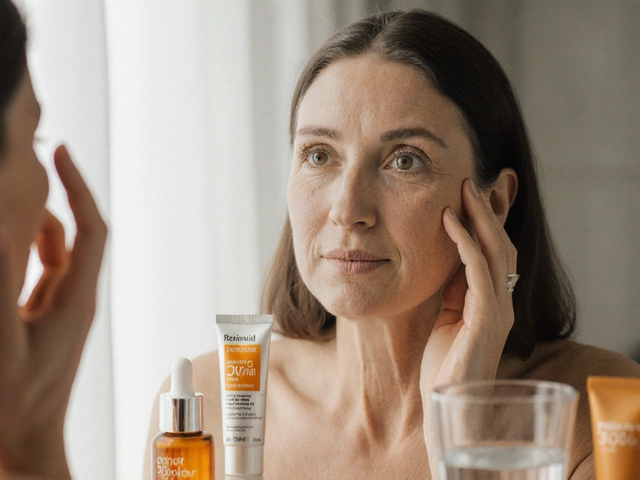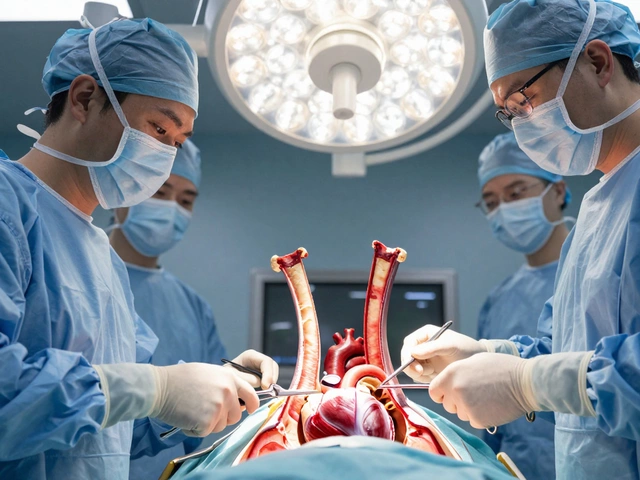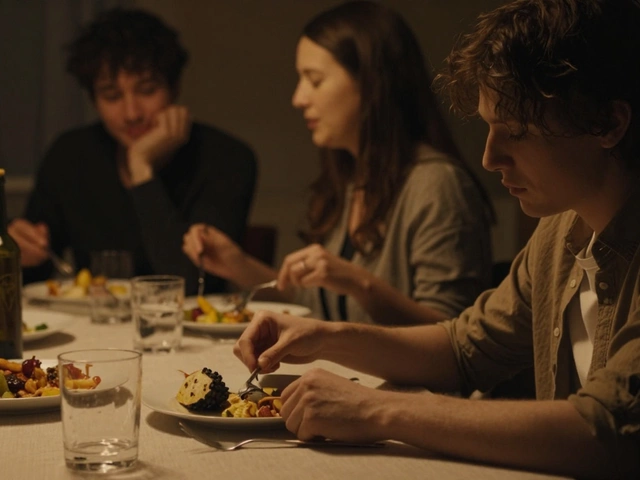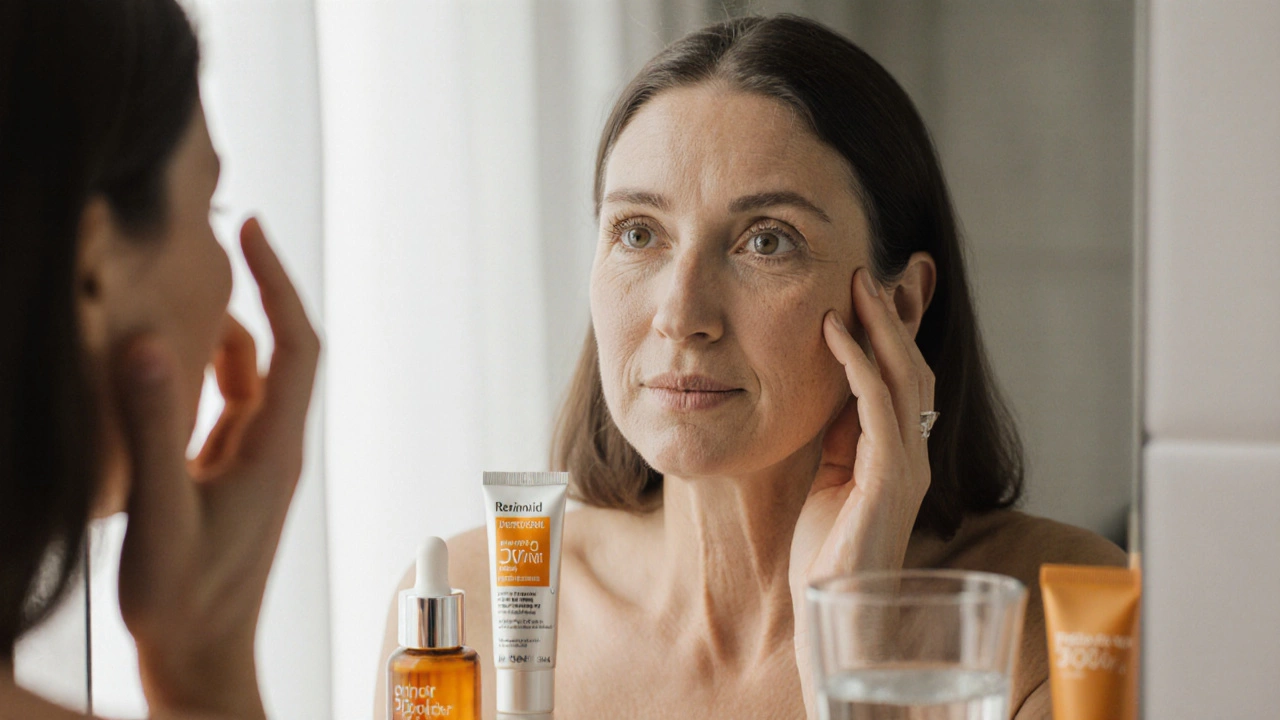
Best Treatment for Aging Face: Proven Options That Actually Work
When you look in the mirror and notice your skin isn’t holding up like it used to, it’s not just about vanity. It’s about feeling like yourself again. The truth? There’s no single magic cure for an aging face-but there are treatments that actually deliver real, lasting results. And they’re not all expensive lasers or surgery. Some of the most effective options are simple, science-backed, and available right now.
What Causes Facial Aging?
It’s not just one thing. Aging skin is the result of three main factors: time, sun, and muscle movement. As you get older, your skin naturally produces less collagen and elastin-two proteins that keep skin firm and springy. By your mid-30s, collagen drops by about 1% each year. By 50, you’ve lost nearly 30%. Sun exposure accelerates this. UV rays break down collagen faster and cause pigmentation spots. And repeated facial expressions-smiling, frowning, squinting-create creases that eventually turn into permanent wrinkles.
Also, fat pads in your face shift downward. That’s why your jawline softens and your cheeks look hollow. It’s not just wrinkles. It’s volume loss. And that changes the whole structure of your face.
Top Non-Surgical Treatments That Work
If you’re not ready for surgery, here are the most effective non-invasive treatments backed by clinical studies and dermatologist use.
1. Neuromodulators (Botox, Dysport, Xeomin)
These injections block the signals between nerves and muscles. When you relax the muscles that cause frown lines, crow’s feet, and forehead wrinkles, those lines soften-and often disappear. Results show up in 3-7 days and last 3-4 months. It’s not a filler. It’s a muscle relaxer. And it’s the most popular anti-aging treatment in the UK, with over 100,000 procedures done annually.
2. Dermal Fillers (Hyaluronic Acid Based)
Fillers restore lost volume. Products like Juvederm, Restylane, and Teoxane are made from hyaluronic acid, a substance naturally found in your skin. When injected into cheeks, temples, or under the eyes, they lift and plump. The effect is immediate. Results last 6-18 months, depending on the product and area treated. A skilled injector can use fillers to subtly re-sculpt your face without looking “done.”
3. Radiofrequency and Ultrasound Skin Tightening
Devices like Thermage, Ultherapy, and Infini use heat or sound waves to stimulate collagen deep in the skin. No needles. No downtime. You might feel warmth or mild tingling during treatment. Results build over 2-3 months as new collagen forms. Most people see improved jawline definition and firmer skin after one session. Maintenance is needed every 12-18 months.
4. Laser Resurfacing (Fractional CO2 and Erbium)
Lasers remove damaged outer skin layers and trigger healing. Fractional CO2 lasers are the gold standard for deep wrinkles, sun damage, and uneven texture. Recovery takes about 7-10 days-redness, peeling, sensitivity. But the results? Skin that looks 5-10 years younger. It’s intense, but for deep aging signs, nothing else matches it.
5. Chemical Peels and Medical-Grade Skincare
Over-the-counter creams won’t cut it. Prescription retinoids (tretinoin, adapalene) are the only topical treatment proven to increase collagen and speed cell turnover. Used daily for 6 months, they reduce fine lines, fade dark spots, and smooth texture. Pair that with vitamin C serums and sunscreen (SPF 30+ daily), and you’ve got a powerful foundation. Chemical peels with glycolic or TCA acid, done by a dermatologist, give a quick boost-brighter skin, less roughness, in one session.
Surgical Options: When It Makes Sense
Non-surgical treatments can’t replace a facelift if your skin has lost a lot of elasticity. A surgical facelift lifts and repositions sagging skin and underlying tissue. It’s the only option that truly reverses advanced volume loss and jowling. Recovery takes 2-4 weeks. Results last 8-12 years. It’s not for everyone-but if you’ve tried everything else and still feel your face looks tired or heavy, it’s worth considering.
Neck lifts and eyelid surgery (blepharoplasty) are often done together. Many people don’t realize how much drooping eyelids or loose neck skin age the face. Fixing those areas can make you look significantly more alert and youthful.
What Doesn’t Work (And Why)
There’s a lot of noise out there. Here’s what to ignore:
- Face yoga. No peer-reviewed study shows it tightens skin or reduces wrinkles. It might improve circulation, but not structure.
- Collagen supplements. When you eat collagen, your body breaks it down into amino acids. It doesn’t go straight to your face. Some studies show minor skin hydration benefits, but nothing dramatic.
- LED masks at home. They’re safe, but too weak to make a real difference. Professional LED light therapy in clinics has more power-but even then, it’s best for mild acne or redness, not deep wrinkles.
- “Miracle” creams with exotic ingredients. If it claims to reverse aging without science, it’s marketing. Stick to retinoids, vitamin C, peptides, and sunscreen.
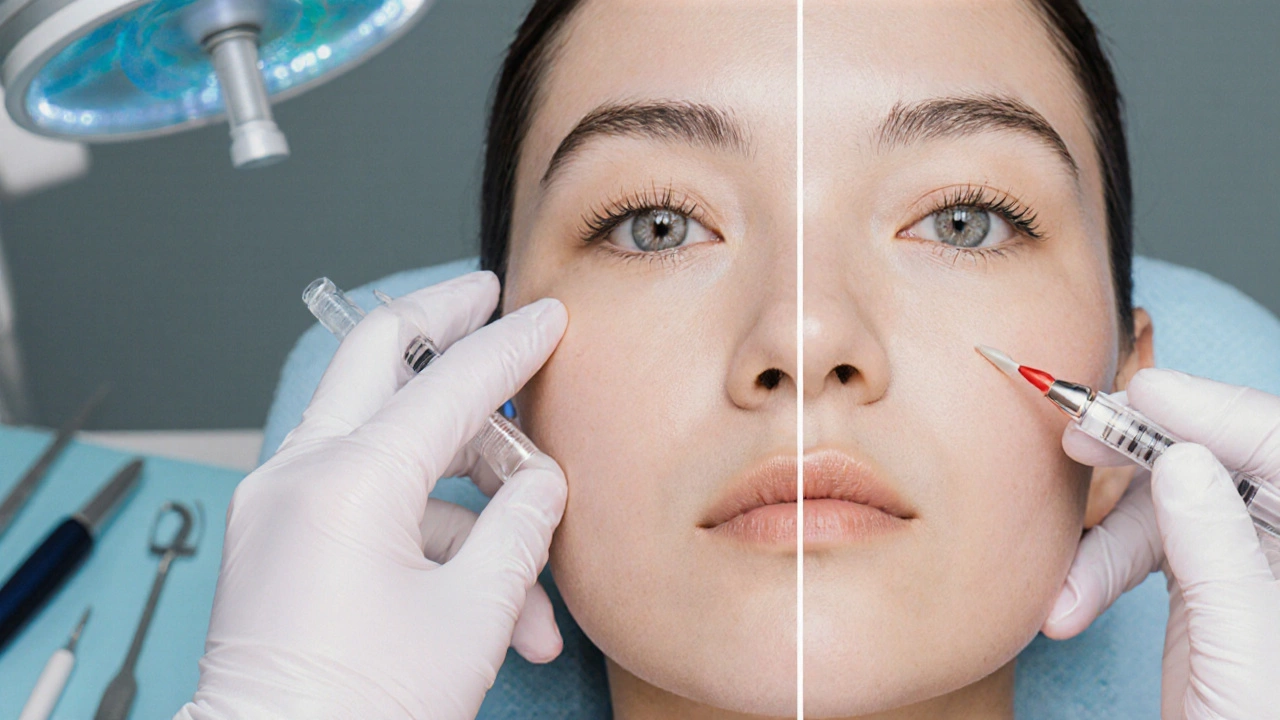
What You Can Do Today
You don’t need to wait for a consultation to start improving your skin.
- Apply a broad-spectrum SPF 30+ every morning, even if it’s cloudy. Reapply if you’re outside for more than 4 hours.
- Use a retinoid (start with adapalene gel, available over the counter in the UK) every other night. Build up to nightly use.
- Wash your face with a gentle cleanser. Avoid harsh scrubs.
- Drink water. Eat protein. Get enough sleep. These aren’t glamorous, but they support skin repair.
- Book a consultation with a dermatologist or licensed aesthetic practitioner. Ask to see before-and-after photos of real patients-not models.
Costs and What to Expect
Prices vary by clinic, location, and provider experience. In London, here’s what you’ll typically pay:
| Treatment | Average Cost (GBP) | Duration of Results | Downtime |
|---|---|---|---|
| Botox (forehead & crow’s feet) | £250-£450 | 3-4 months | None |
| Hyaluronic Acid Fillers (cheeks or under eyes) | £400-£800 per syringe | 6-18 months | 1-3 days swelling |
| Ultherapy (face and neck) | £1,200-£2,500 | 12-18 months | None |
| Fractional CO2 Laser | £1,500-£3,000 | 2-5 years | 7-10 days |
| Facial Surgery (full facelift) | £7,000-£12,000 | 8-12 years | 2-4 weeks |
Remember: Cheap doesn’t mean good. A poorly done filler can cause lumps, asymmetry, or even blindness. Always choose a registered doctor or nurse with specific training in aesthetics. Check their credentials on the General Medical Council (GMC) or Nursing and Midwifery Council (NMC) website.
How to Choose the Right Treatment for You
There’s no one-size-fits-all. Your best option depends on:
- Your skin type: Oily? Dry? Sensitive? Some lasers or peels aren’t safe for darker skin tones.
- Your main concerns: Fine lines? Sagging? Dullness? Dark spots?
- Your lifestyle: Can you take a week off for recovery? Do you want results now or over time?
- Your budget: Some treatments require maintenance. Factor in long-term cost.
For mild aging (early 30s-mid 40s): Start with retinoids, SPF, and maybe Botox for expression lines.
For moderate aging (mid 40s-50s): Add fillers for volume loss, and consider radiofrequency tightening.
For advanced aging (50s+): Combine fillers, skin tightening, and possibly surgery for the most natural, long-lasting result.

What Happens After Treatment?
Results aren’t instant. Botox takes days. Fillers settle in a week. Lasers and radiofrequency need months. Don’t judge your progress too early.
After any procedure, your skin is more sensitive. Avoid sun, alcohol, and intense workouts for a few days. Use gentle products. Don’t pick at peeling skin. Follow your provider’s aftercare instructions exactly.
Good results last longer when you keep up with maintenance. Most people need touch-ups every 6-18 months. Think of it like dental checkups-preventive care keeps things looking good.
When to Walk Away
Some clinics push treatments you don’t need. If someone tells you you “need” a full face lift at 38, or that you’re “too far gone” for non-surgical options, find another provider. A good practitioner will assess your goals, show you realistic outcomes, and suggest the least invasive path first.
Also, if you have active acne, rosacea, or an autoimmune disease, some treatments may not be safe. Always disclose your full medical history.
What is the most effective treatment for wrinkles on the face?
For dynamic wrinkles (caused by facial movements), Botox is the most effective. For static wrinkles (visible even when resting), fractional CO2 laser resurfacing delivers the deepest improvement. For fine lines and texture, daily retinoids combined with sunscreen are the foundation. Most people benefit from combining treatments-Botox for expression lines, fillers for volume, and lasers for overall skin quality.
Can you reverse aging skin naturally?
You can’t reverse aging, but you can slow it down and improve skin appearance significantly. The only proven natural method is strict sun protection and using prescription retinoids. Diet, hydration, and sleep help support skin health, but they won’t erase deep wrinkles or restore lost volume. No cream, supplement, or oil can replace what medical treatments can do.
Are fillers safe for the face?
Yes, when done by a qualified professional using FDA-approved hyaluronic acid fillers. These fillers are biodegradable and can be dissolved if needed. Risks include bruising, swelling, or rare complications like blocked blood vessels. That’s why it’s critical to choose a licensed doctor or nurse with specific training-not a beauty salon or unregulated clinic.
How long do facial treatments last?
It depends on the treatment. Botox lasts 3-4 months. Fillers last 6-18 months. Radiofrequency tightening gives results for 12-18 months. Laser resurfacing effects can last 2-5 years. Surgery lasts 8-12 years. Maintenance is part of the process. Most people schedule touch-ups once or twice a year to keep results looking fresh.
What’s the cheapest way to treat aging skin?
The cheapest and most effective approach is daily sunscreen and a retinoid cream. A tube of adapalene gel costs around £15-£30 and lasts 3-6 months. Sunscreen is £10-£20. Used consistently for 6-12 months, this combo improves texture, fades dark spots, and reduces fine lines better than most expensive treatments. It’s not glamorous, but it’s the only proven, affordable foundation.
Final Thought
Aging isn’t the enemy. Looking tired, drained, or older than you feel is. The best treatment isn’t the most expensive one. It’s the one that fits your skin, your goals, and your life. Start with the basics: sunscreen, retinoids, and a good dermatologist. Then, add treatments only if they solve a specific problem-not because you’re pressured to. Your skin tells a story. The right treatments help you keep writing it-on your terms.

Arnav Singh
I am a health expert with a focus on medicine-related topics in India. My work involves researching and writing articles that aim to inform and educate readers about health and wellness practices. I enjoy exploring the intersections of traditional and modern medicine and how they impact healthcare in the Indian context. Writing for various health magazines and platforms allows me to share my insights with a wider audience.
Popular Articles
About
Medical Resource Center India is a comprehensive online platform dedicated to providing reliable health information and medical resources in India. Explore a wide range of articles, tips, and advice on medicine, healthcare services, and wellness. Stay informed about the latest developments in Indian medicine and access valuable insights into maintaining a healthy lifestyle. Discover expert guidance and health solutions tailored for every Indian citizen. Your go-to destination for authoritative medical knowledge in India.
